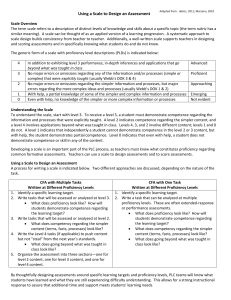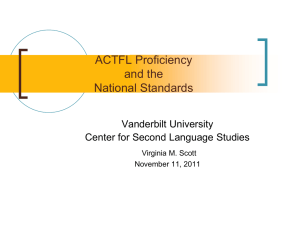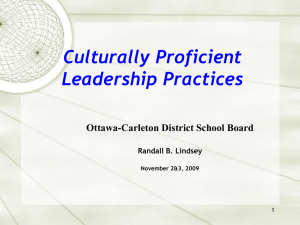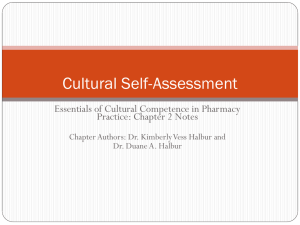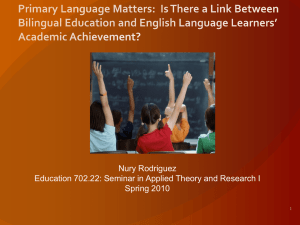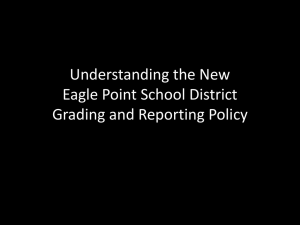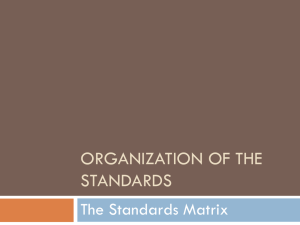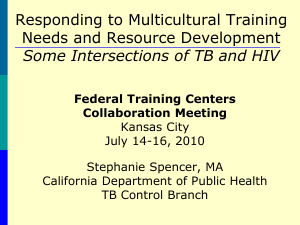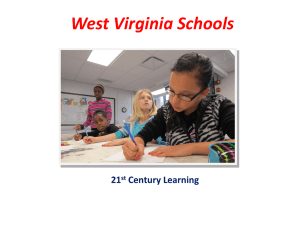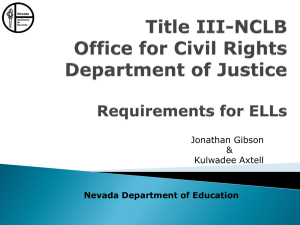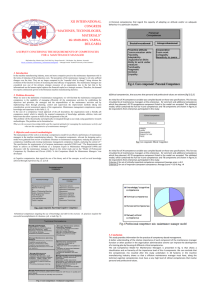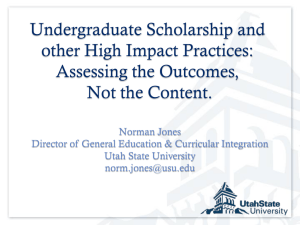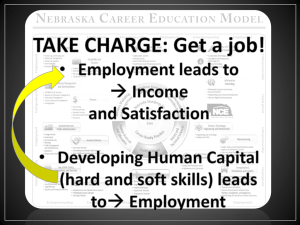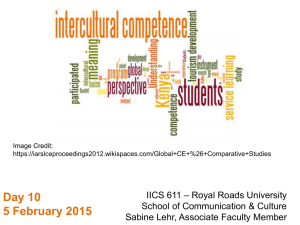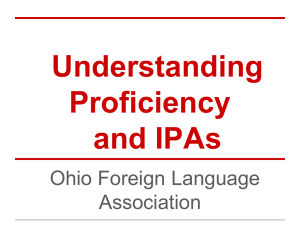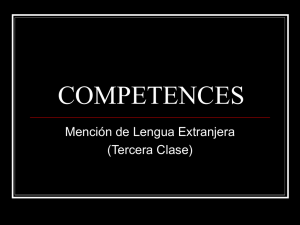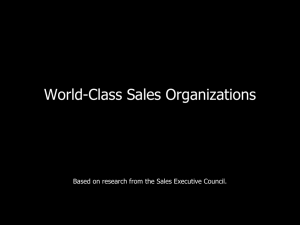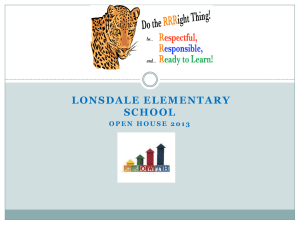Session PowerPoint
advertisement
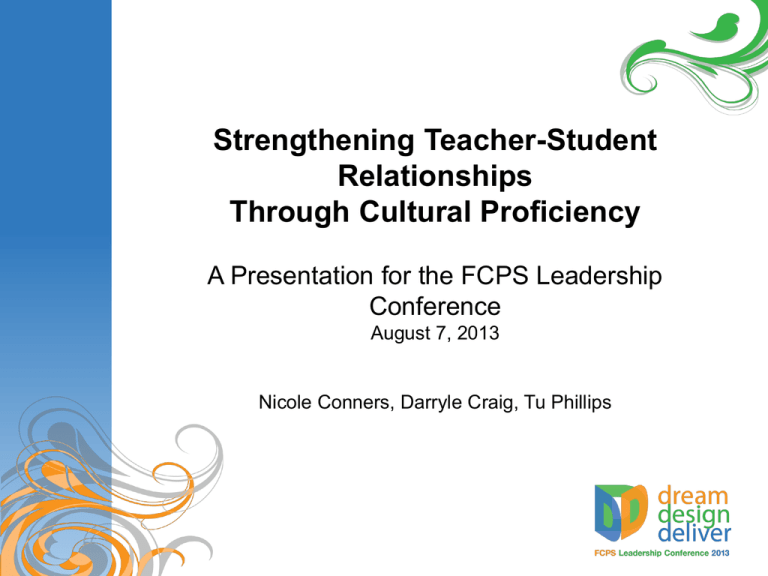
Strengthening Teacher-Student Relationships Through Cultural Proficiency A Presentation for the FCPS Leadership Conference August 7, 2013 Nicole Conners, Darryle Craig, Tu Phillips TIMED PAIR SHARE What brought you here today? Topic: What brought you here? Think time Person A shares, Person B listens Person B responds Partners switch roles Agenda A. Terminology/definitions B. Cultural competence video C. Cultural proficiency and Teacher-Student Relationships D. FCPS’s Division Wide Focus for SY 2013-14 E. Reflection: Next Steps Session Objectives 1. Consider how issues of race and culture affect our lives every day 2. Develop a clear understanding of cultural competence and cultural proficiency 3. Learn how to access the cultural competence video 4. Link cultural proficiency to positive teacher-student relationships 5. Reflect on personal/professional next steps Definition of Cultural Competence • Culture: Integrated patterns of human behavior that includes thoughts, communications, actions, customs, beliefs, values and institutions of [a] racial, ethnic, religious or social group. From: Cross, T. L. et al. “Towards a Culturally Competent System of Care: A Monograph on Effective Services for Minority Children”. National Center for Cultural Competence, Georgetown University, 1989. • Competence: Having the capacity to function effectively as an individual or organization. Cross, T. L. et al. “Towards a Culturally Competent System of Care: A Monograph on Effective Services for Minority Children”. National Center for Cultural Competence, Georgetown University, 1989. • Cultural Competence: The ability to interact effectively with people of different cultures. Wikipedia Stages of Cultural Competence (Personal) 1. Awareness 2. Curiosity 3. Learning 4. Participation Cultural Competence Video Cultural Proficiency and Teacher-Student Relationships Responsive Instruction: “Knowing the children we teach-- individually, culturally, and developmentally— is as important as knowing the content we teach…Knowing the families of the children we teach and working with them as partners is essential to children’s education…How the adults at school work together is as important as their individual competence…” http://fcpsnet.fcps.edu/ssse/pba/responsive-classrooms/foundational-ideas.htm Instructional Teaching Cycle Connection to 2013-14 Instructional Focus Teachers will be able to: Build relationships with students that support effort and self-efficacy in reaching higher standards Cultural Proficiency: A definition “A way of being that allows individuals and organizations to interact effectively with people who differ from them” (Robins, Lindsey, Lindsey & Terrell, 2006, p. 2) A Journey, a Mindset, a Lens 12 Two Tools of Cultural Proficiency The Continuum – Language for describing both healthy and nonproductive policies, practices and individual behaviors The Essential Elements – Behavioral standards for measuring, and planning for, growth toward cultural proficiency Cultural Proficiency by Randall B. Lindsey, Kikanza Nuri-Robins, and Raymond D. Terrell (Corwin Press, 1999, 2003), 14 Cultural Proficiency Continuum Incapacity Destructiveness Pre-Competence Blindness Proficiency Competence Explore the Continuum Possible Responses Cultural Cultural Destructive- Incapacity ness B F, J Cultural Blindness C, G Cultural PreCompetence Cultural Competence Cultural Proficiency D, H A, I, K A, E, Considering our Practices CP Where Are We Now? Instructional Teaching Cycle Moving Forward Five Overlapping Phases of Development 1. 2. 3. 4. 5. Building trust Engaging personal culture Confronting issues of social justice Transforming instructional practices Engaging the entire school community Gary Howard, As Diversity Grow, So Must We, 2007 Leading the Way There are many persons ready to do what is right because in their hearts they know it is right. But they hesitate, waiting for the other [one] to make the first move – and [the other], in turn, waits for you. Marian Anderson, 1956 24
